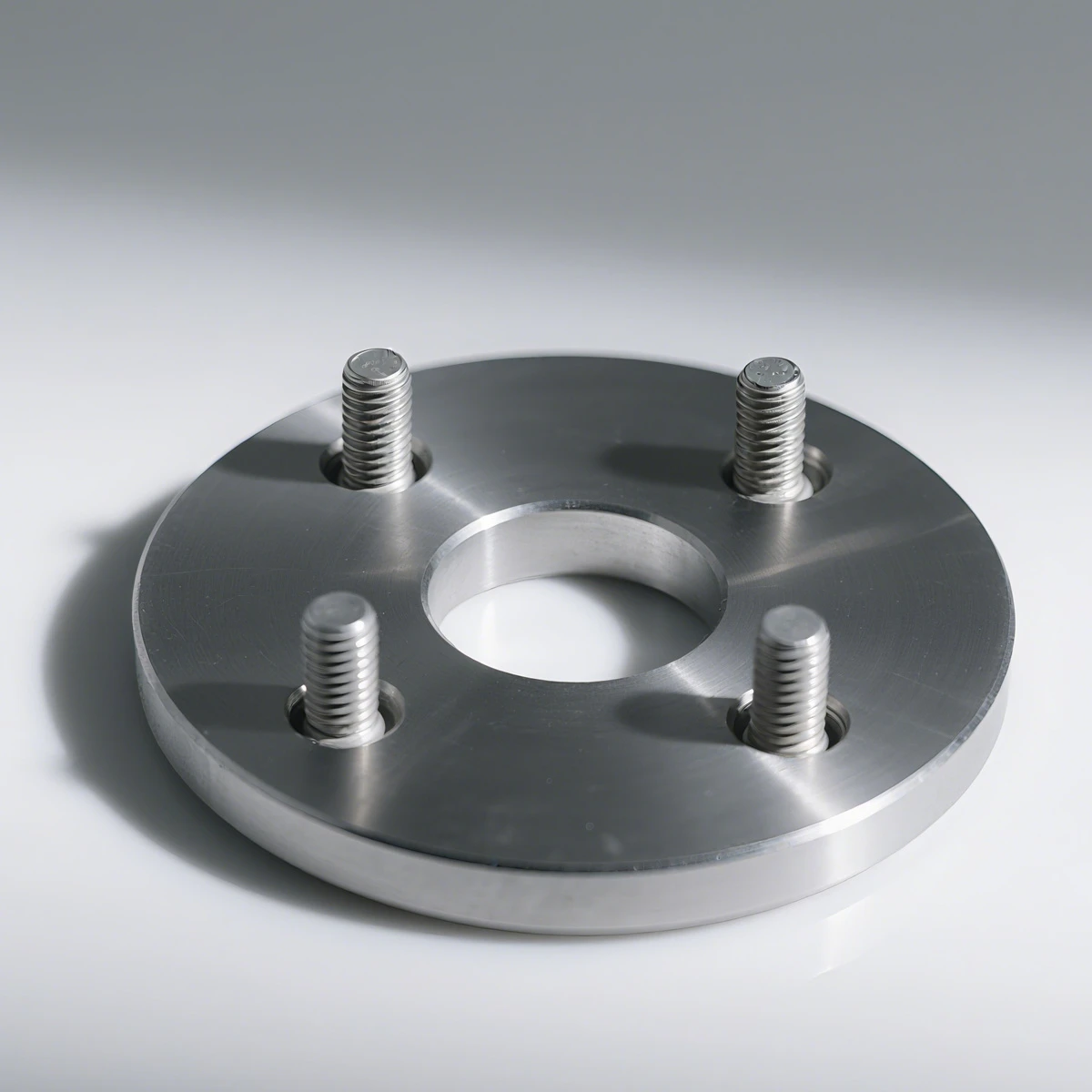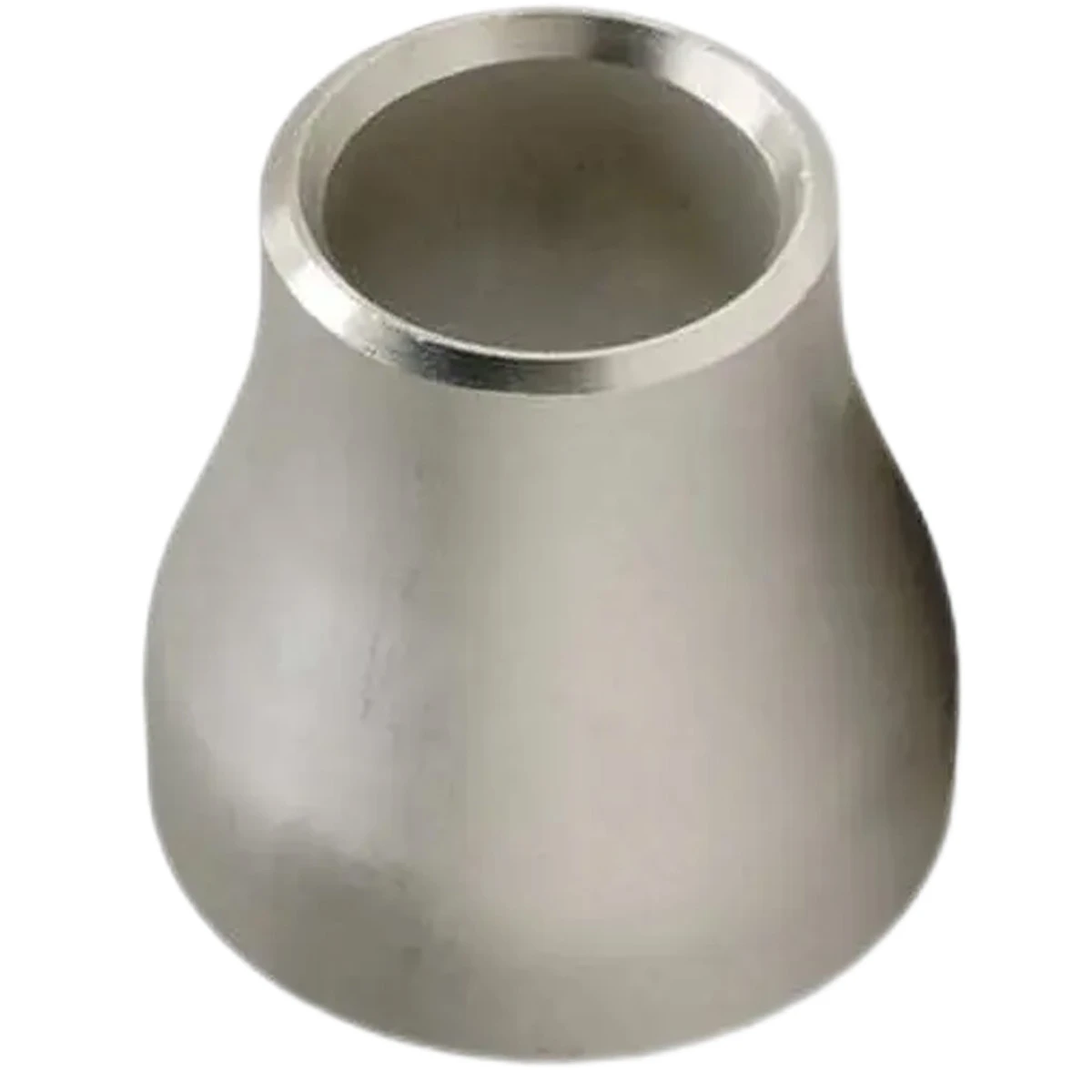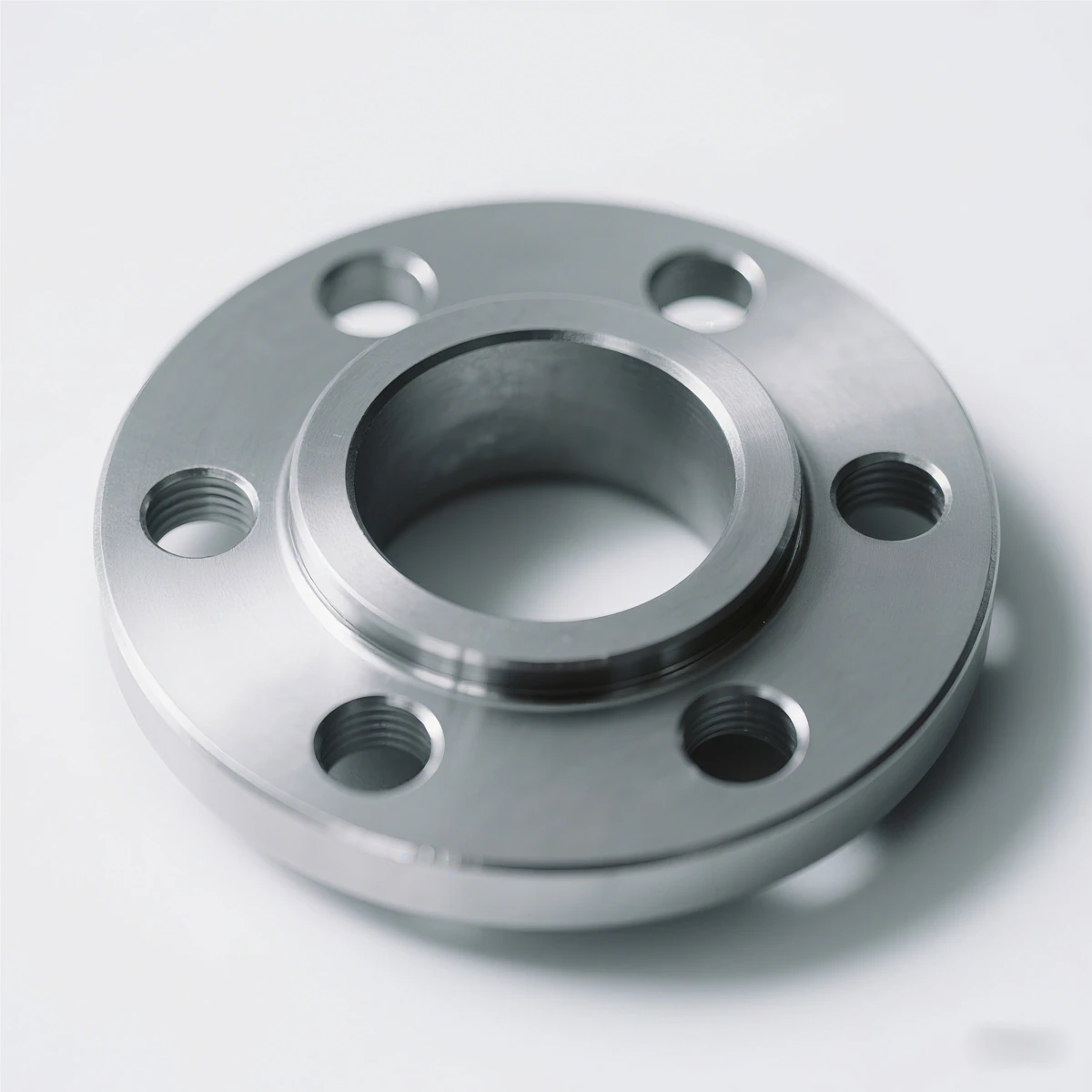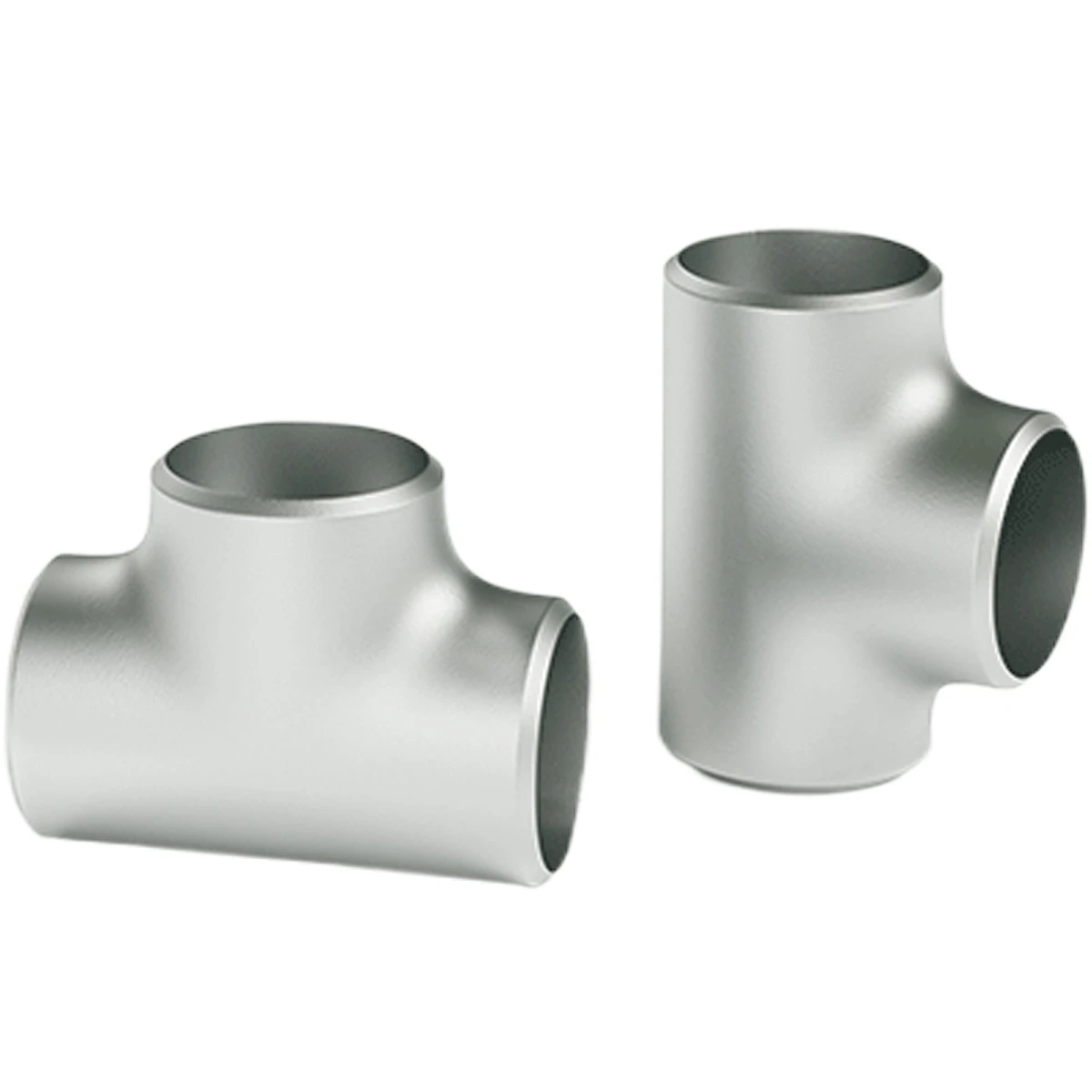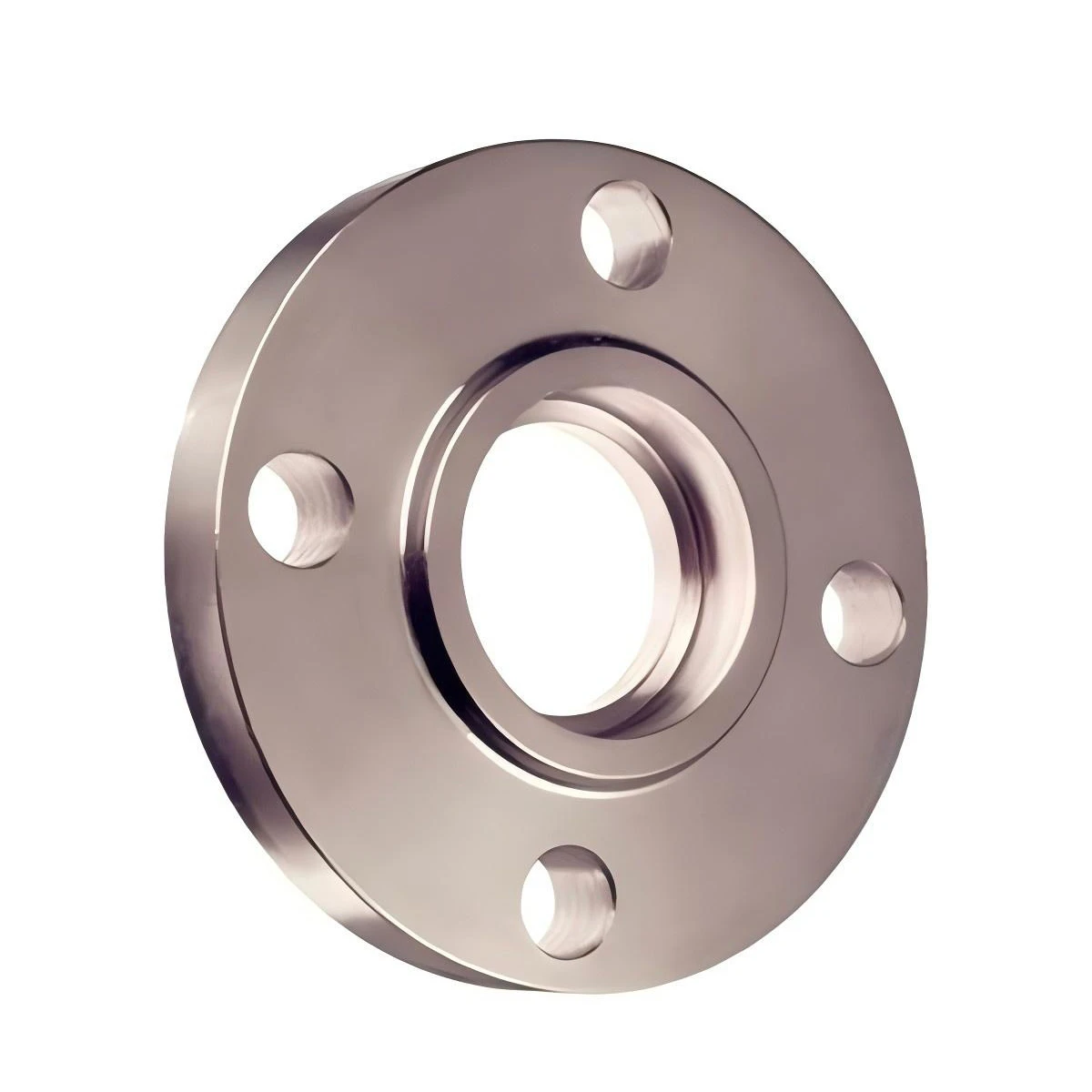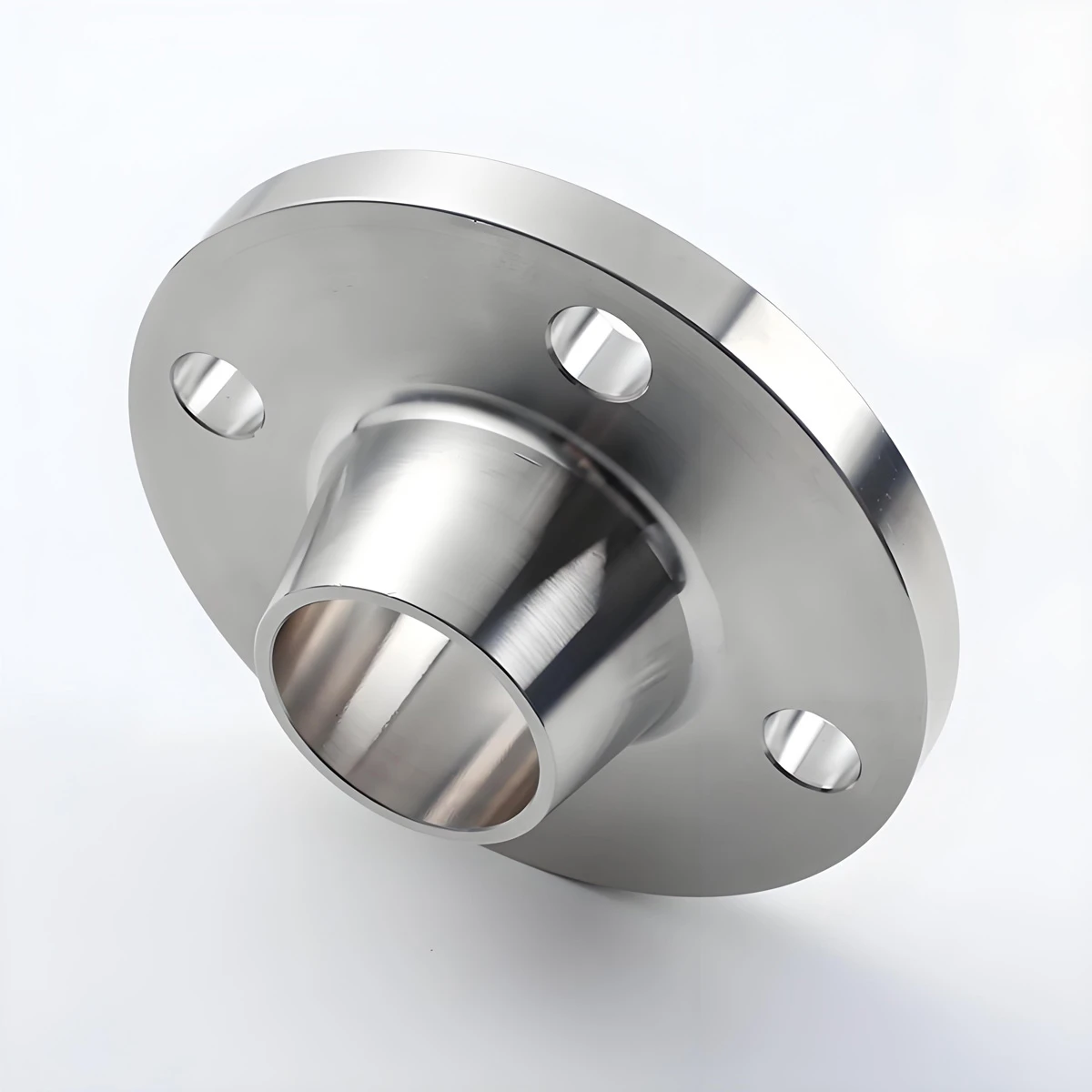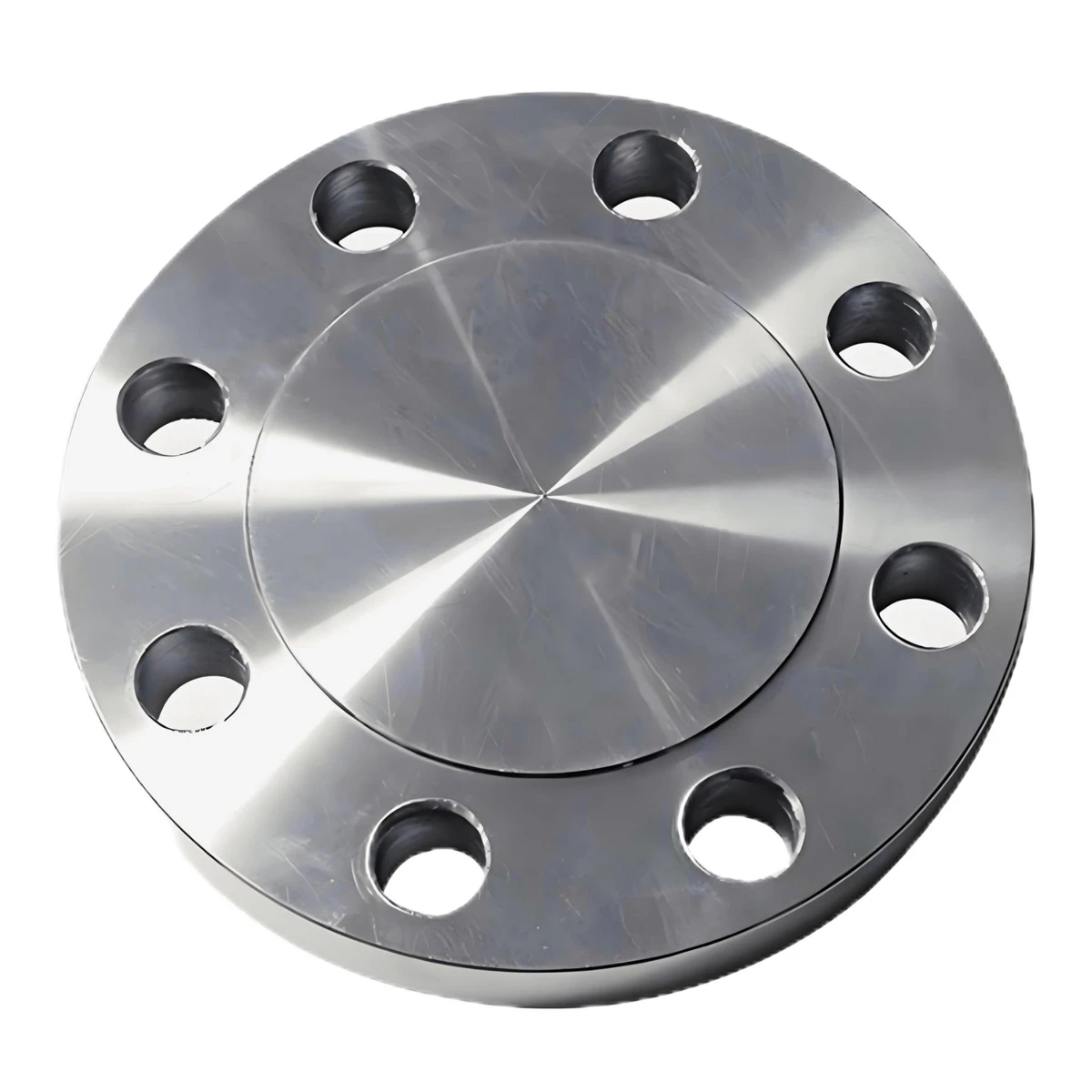
- Albanian
- Arabic
- Armenian
- Azerbaijani
- Belarusian
- Bengali
- Bulgarian
- Croatian
- Czech
- Danish
- Dutch
- English
- Esperanto
- Finnish
- French
- German
- Greek
- Hebrew
- Hungarian
- Indonesian
- irish
- Italian
- Japanese
- Khmer
- Korean
- Kyrgyz
- Lao
- Latin
- Lithuanian
- Malay
- Myanmar
- Norwegian
- Persian
- Polish
- Portuguese
- Romanian
- Russian
- Serbian
- Slovak
- Slovenian
- Spanish
- Swedish
- Tagalog
- Thai
- Turkish
- Turkmen
- Uzbek
- Vietnamese
- Zulu
High-Quality Slip On Weld Flanges – Durable & Easy Installation
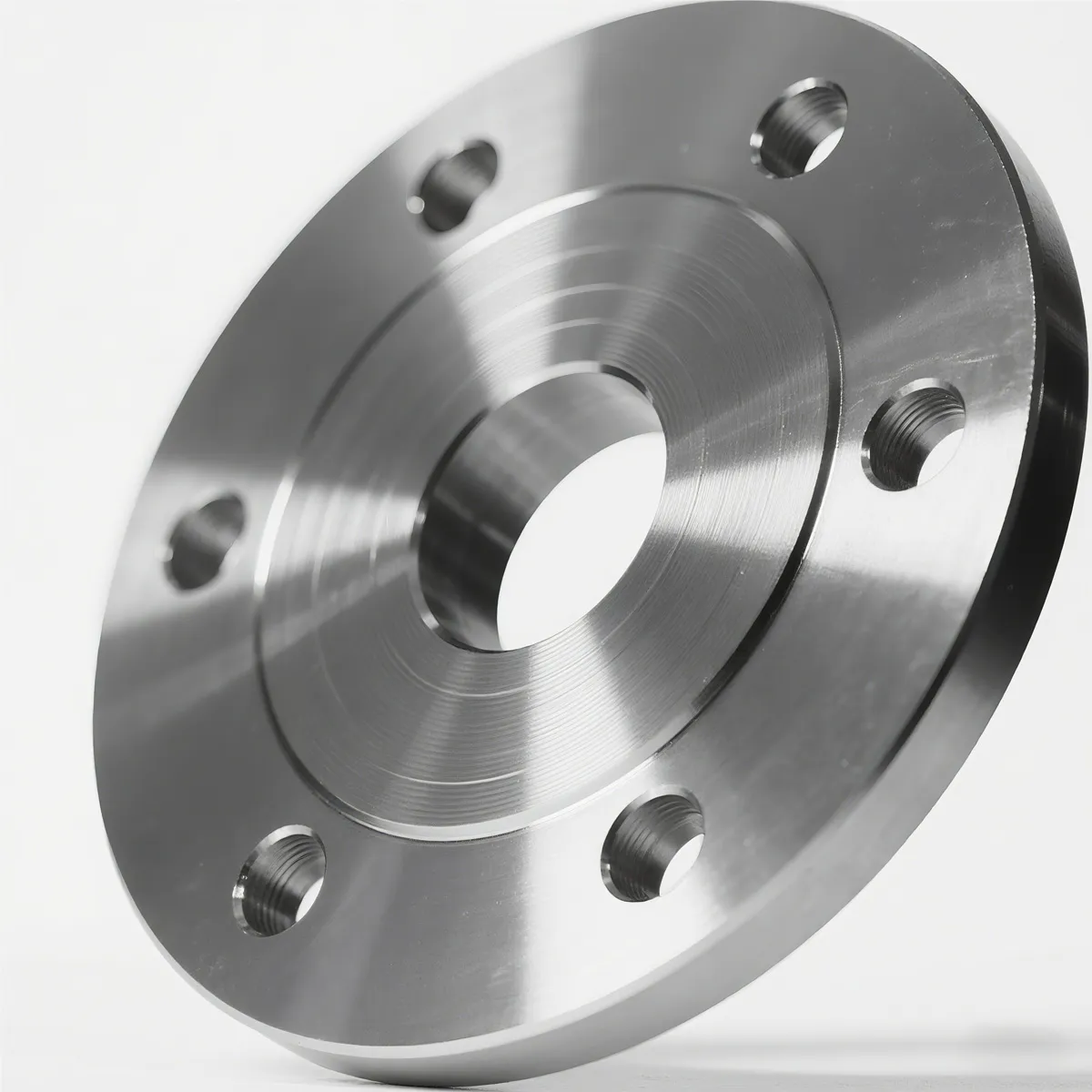
Comprehensive Guide to Slip On Weld Flanges – Trends, Parameters and Applications
Manufacturer: HEBEI JIUYUAN PIPELINE MANUFACTURING CO.,LTD .
Contact: +86 18131702111 | Email: sales@jypipeline.com
Mobile: +86 18131702111
Address: INDUSTRIAL DISTRICT OF NORTH CIRCLE, MENGCUN, CANGZHOU CITY, HEBEI PRVINCE, CHINA
Contact: +86 18131702111 | Email: sales@jypipeline.com
Mobile: +86 18131702111
Address: INDUSTRIAL DISTRICT OF NORTH CIRCLE, MENGCUN, CANGZHOU CITY, HEBEI PRVINCE, CHINA
Slip-on weld flanges are vital components for efficient pipeline connectivity, combining safety, versatility, and cost-effectiveness. This article explores cutting-edge trends, technical parameters, application scenarios, and in-depth insights sourced from industry forums and journals, guaranteeing best practices for the design, manufacturing, and application of slip on weld flanges.
Product Overview: Slip-On Weld Flanges
Slip-on weld flanges are specially designed for simple installation and robust sealing in piping systems. They are slipped over the pipe, then welded both internally and externally, ensuring strong holding power and leak-proof connections. Due to their design, slip on weld flanges are ideal for low-pressure and low-temperature applications and are widely used for connecting pipes, valves, pumps, and other equipment efficiently.
Product Highlights:
Product Highlights:
- Economical choice for numerous industries
- Maintains system integrity through dual welding
- Easy alignment due to the slip-on feature
- Available in multiple sizes and pressure ratings

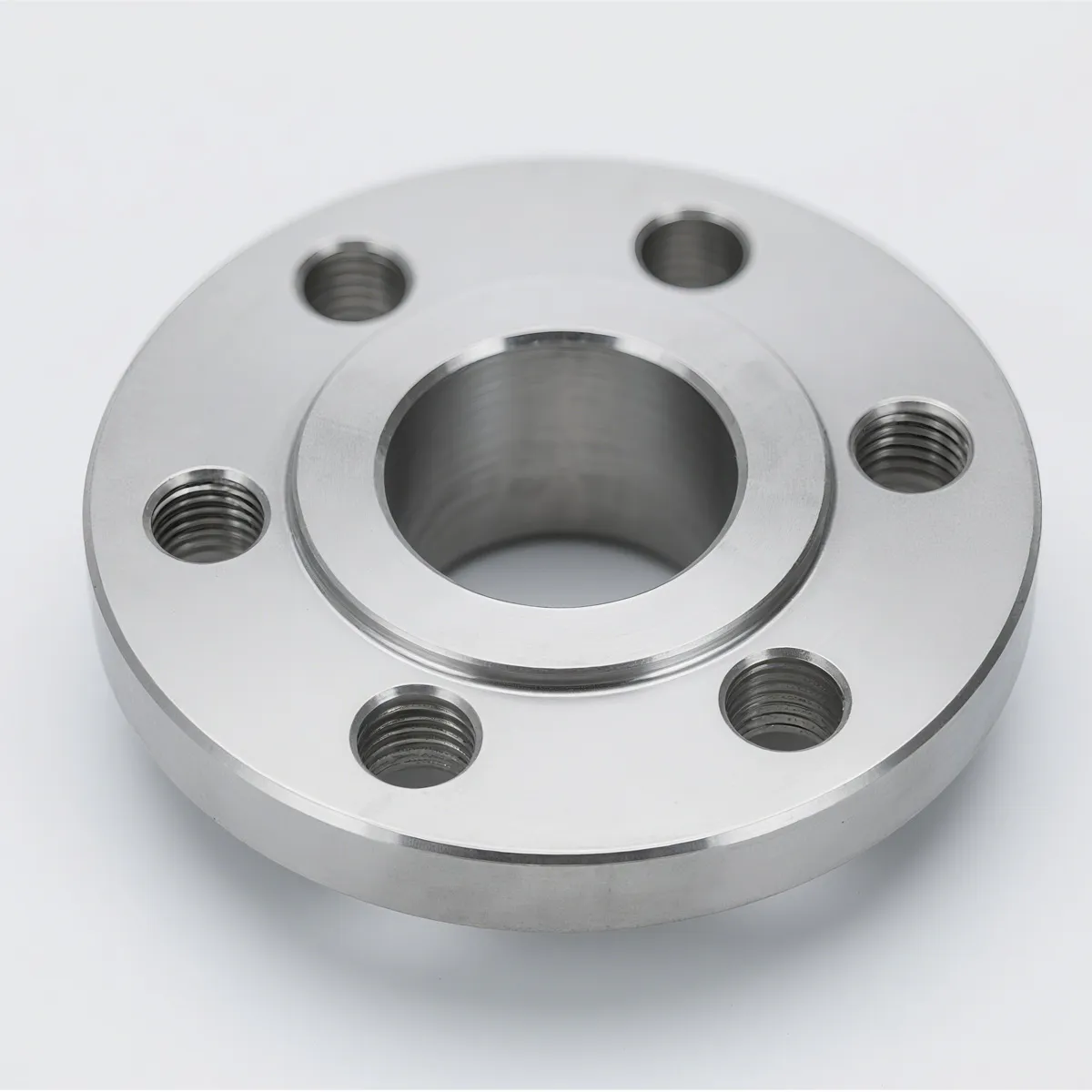
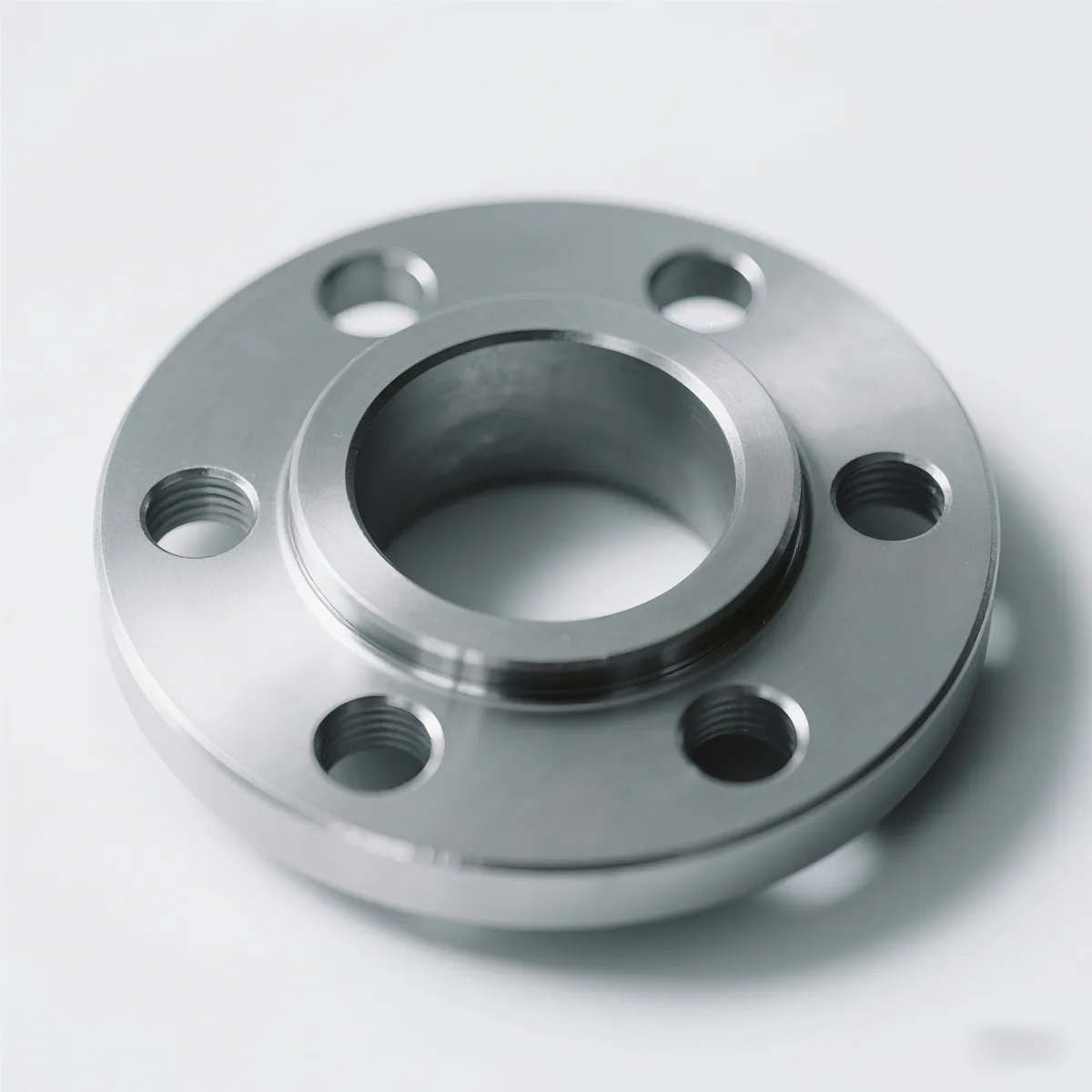
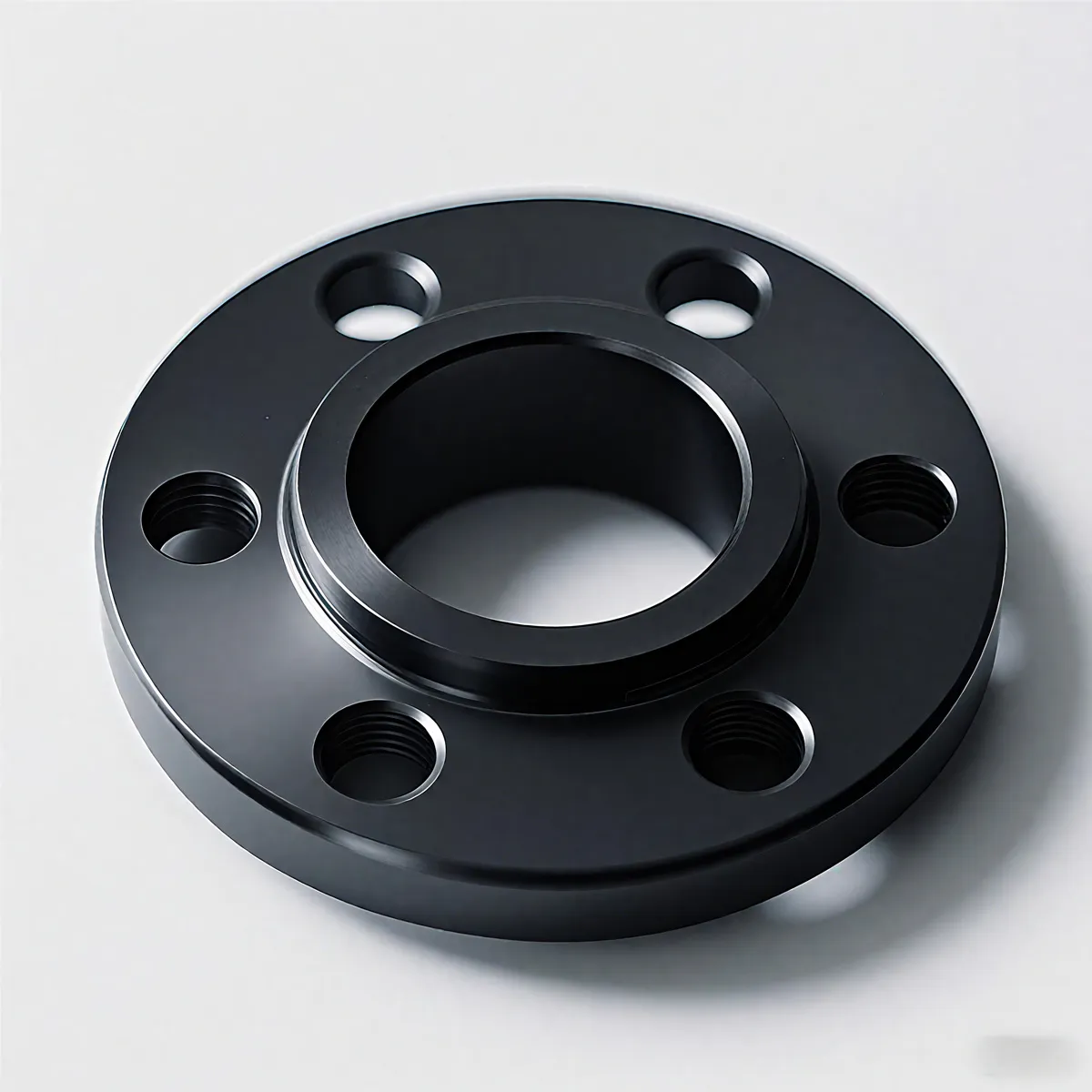
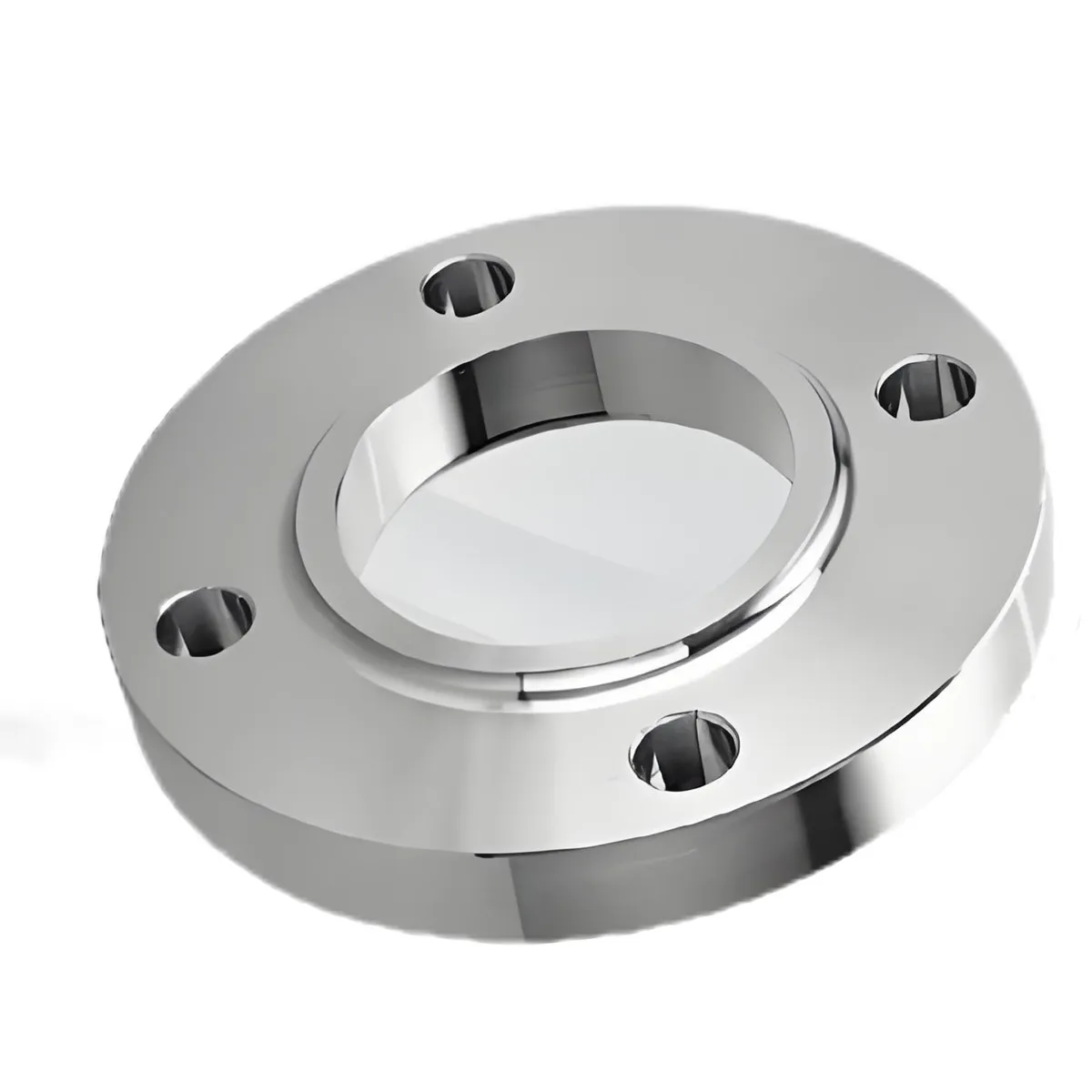
Industry Trends & Market Insights
Slip on weld flanges are increasingly preferred for pipeline construction in oil & gas, chemical, water treatment, and shipbuilding industries. Industry reports indicate a steady annual growth rate of 4.2% in the adoption of flange slip on welding, fueled by the demand for reliable, easy-to-install connection solutions (source: Piping Engineer Forum).
Emerging trends highlight:
Emerging trends highlight:
- Advanced materials: Introduction of corrosion-resistant alloys enhances lifespan and performance.
- Quality standards: Rising compliance with international norms (ASME, EN, DIN).
- Automation: The use of automated welding for slip on weld neck flange installations shortens downtime and improves weld quality (ASME Standardization).
- Cost optimization: Industries increasingly favor slip on weld flanges for their excellent cost-to-performance ratio.
Technical Parameters of Slip-On Weld Flanges
| Parameter | Typical Values / Options | Description |
|---|---|---|
| Nominal Diameter | DN15–DN2000 (1/2"–80") | Wide size range covers nearly all industrial pipe dimensions |
| Pressure Class | PN6–PN100, 150#–2500# | Suitable for various pressure requirements in pipelines |
| Face Type | RF, FF, RTJ | Raised Face (RF), Flat Face (FF), Ring Type Joint (RTJ) |
| Material | Carbon steel, Stainless steel, Alloy steel | Standard: ASTM A105, A182 F304/F316, A350 LF2, etc. |
| Coating | Galvanized, Painted, Anti-rust oil | Protects flanges during storage and operation |
| Compliance | ASME B16.5, EN1092-1, DIN 2633 | Aligns with leading international flange standards |
| Weld Type | Fillet Weld (Inside & Outside) | Ensures strong and leak-free connection |
Applications and Scenarios of Flange Slip On Welding
Slip-on weld flanges are indispensable across a multitude of industries:
- Oil & Gas Transport Pipelines
- Chemical Processing Plants
- Water Treatment and Purification Facilities
- Marine and Offshore Engineering
- Power Generation Stations
- Food and Pharmaceutical Production
Expert FAQ – Key Technical Terminologies
Frequently Asked Technical Questions on Slip On Weld Flanges
Q1: What materials are commonly used for slip-on weld flanges?
A: The most common materials are carbon steel (ASTM A105), stainless steel (A182 F304/F316), and alloy steel (A182 F11/F22). Material selection depends on service conditions like pressure, temperature, and corrosion resistance (ASTM Standards).
A: The most common materials are carbon steel (ASTM A105), stainless steel (A182 F304/F316), and alloy steel (A182 F11/F22). Material selection depends on service conditions like pressure, temperature, and corrosion resistance (ASTM Standards).
Q2: How do I select the correct size for a slip-on weld flange?
A: Sizing is based on the pipe's nominal diameter (DN), pressure rating, and the design code (such as ASME or EN). Always verify compatibility before installation.
A: Sizing is based on the pipe's nominal diameter (DN), pressure rating, and the design code (such as ASME or EN). Always verify compatibility before installation.
Q3: What is the recommended welding standard for installing a slip-on weld neck flange?
A: The typical standard is fillet welding on both the inside and outside of the flange, in accordance with ASME B31.3 or EN ISO 9606 welding qualifications.
A: The typical standard is fillet welding on both the inside and outside of the flange, in accordance with ASME B31.3 or EN ISO 9606 welding qualifications.
Q4: What pressure classes are available for slip-on weld flanges?
A: Pressure ratings range from PN6, PN10, PN16 up to PN100 (European), and Class 150, 300, 600, 900, 1500, 2500 (ASME).
A: Pressure ratings range from PN6, PN10, PN16 up to PN100 (European), and Class 150, 300, 600, 900, 1500, 2500 (ASME).
Q5: Which face types are provided for slip on weld flanges?
A: Common face types include Raised Face (RF), Flat Face (FF), and Ring Type Joint (RTJ), each engineered for specific gasket and sealing requirements.
A: Common face types include Raised Face (RF), Flat Face (FF), and Ring Type Joint (RTJ), each engineered for specific gasket and sealing requirements.
Q6: How does flange slip on welding differ from weld neck flanges?
A: Slip on weld flanges slide over the pipe and are fillet welded. Weld neck flanges have a long tapered hub and are butt welded to the pipe, providing superior strength for high-pressure applications.
A: Slip on weld flanges slide over the pipe and are fillet welded. Weld neck flanges have a long tapered hub and are butt welded to the pipe, providing superior strength for high-pressure applications.
Q7: What is the expected service life of slip-on weld flanges?
A: Properly installed and maintained slip-on weld flanges can last over 20 years, depending on the environment, material, and service conditions (Corrosionpedia).
A: Properly installed and maintained slip-on weld flanges can last over 20 years, depending on the environment, material, and service conditions (Corrosionpedia).
Why Choose HEBEI JIUYUAN PIPELINE MANUFACTURING CO.,LTD . for Slip-On Weld Flanges?
As a leading manufacturer with decades of expertise, HEBEI JIUYUAN PIPELINE MANUFACTURING CO.,LTD . delivers industry-certified slip on weld flanges globally. All products undergo rigorous quality control and are backed by a comprehensive technical support team.
- Certified by international standards (ASME, EN, ISO)
- Custom manufacturing to suit unique project requirements
- Fast delivery worldwide and competitive pricing
- Dedicated after-sales and engineering consultancy
Contact Us Today:
Phone: +86 18131702111 | Mobile: +86 18131702111
Email: sales@jypipeline.com
Address: INDUSTRIAL DISTRICT OF NORTH CIRCLE, MENGCUN, CANGZHOU CITY, HEBEI PRVINCE, CHINA
Official Website: https://www.hbjypipeline.com/
Phone: +86 18131702111 | Mobile: +86 18131702111
Email: sales@jypipeline.com
Address: INDUSTRIAL DISTRICT OF NORTH CIRCLE, MENGCUN, CANGZHOU CITY, HEBEI PRVINCE, CHINA
Official Website: https://www.hbjypipeline.com/
References
- 1. Piping Engineer Forum – Flange Selection Guide: https://www.pipingengineer.org/flanges
- 2. ASME Codes and Standards: https://www.asme.org/codes-standards
- 3. ASTM Material Standards A105 / A182: https://www.astm.org/Standards/A182.htm
- 4. Corrosionpedia - Flange Corrosion and Prevention: https://www.corrosionpedia.com/definition/6159/flange-corrosion
- 5. Journal of Pressure Vessel Technology – “Flange Design for Improved Reliability” (ASME Digital Collection)
This is the last article
-
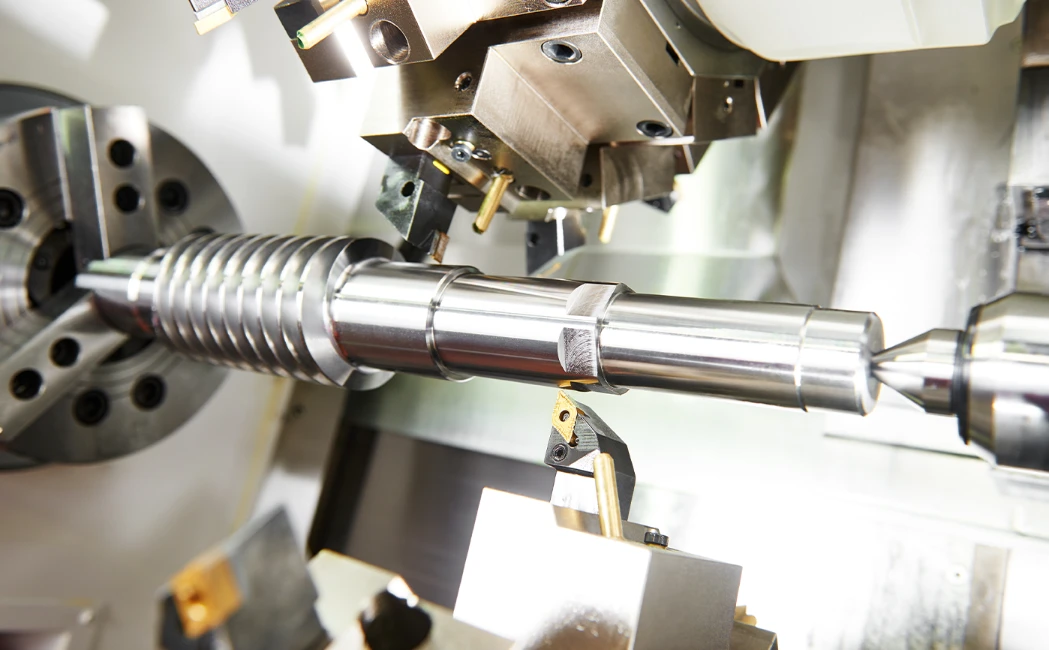 Apr. 24, 2025
Apr. 24, 2025Jiuyuan Pipeline is excited to announce its participation in the upcoming 2025 Wire / Tube with Metal & Steel KSA exhibition, scheduled from May 5th to May 7th, 2025.
-
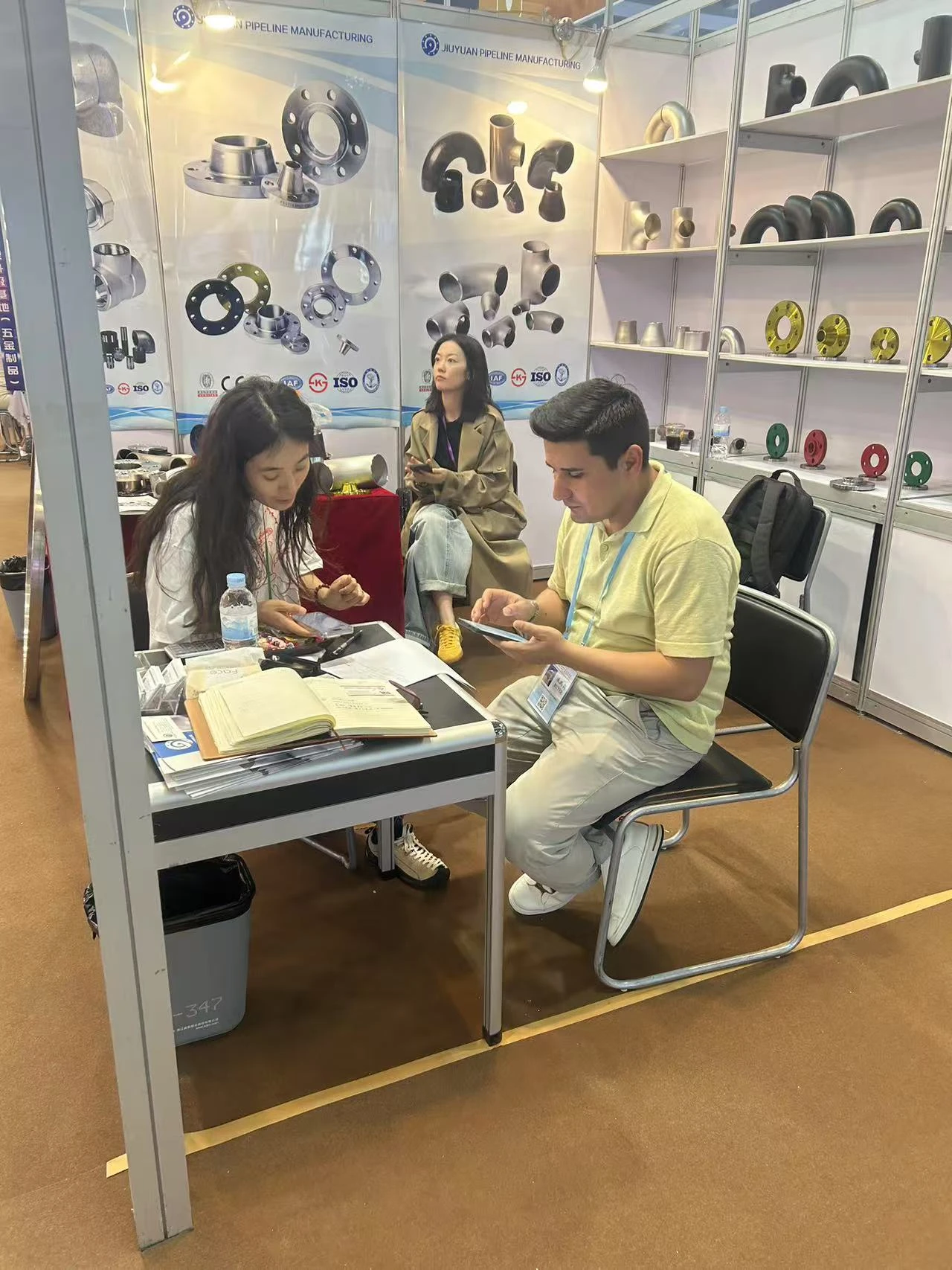 Apr. 28, 2025
Apr. 28, 2025From April 15 to April 19, 2025, our company proudly participated in the renowned Canton Fair held in Guangzhou, China.
If you are interested in our products, you can choose to leave your information here, and we will be in touch with you shortly.
